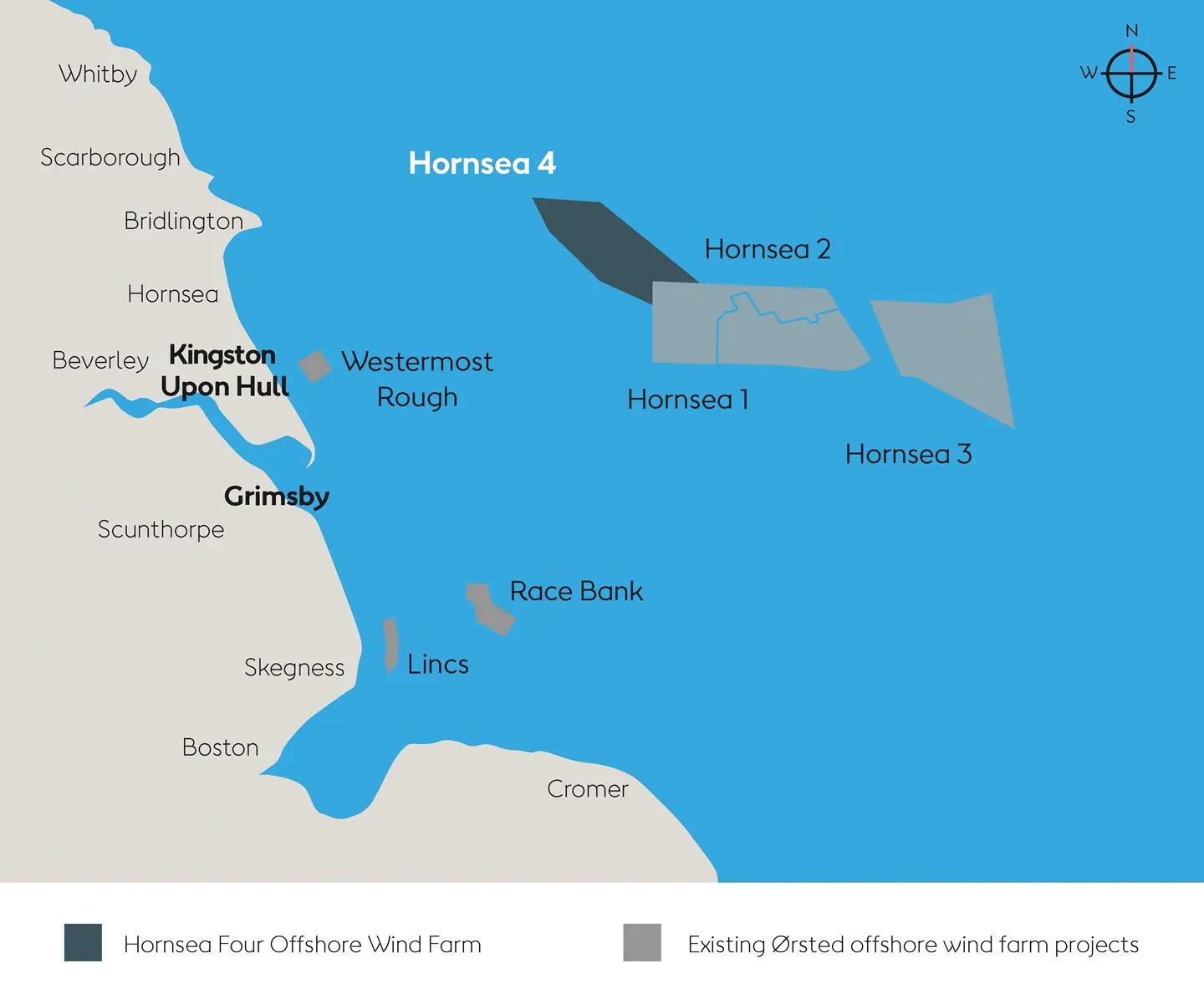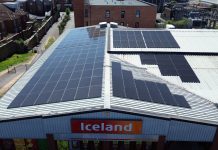Ørsted’s Hornsea Four windfarm, 69km off the Yorkshire coast, has been approved by energy secretary Grant Shapps, after a five month delay.
The 180-turbine project covering nearly 470 square kilometres, is expected to produce up to 2.6GW of electricity when operational, enough to supply a million homes.
In February the Planning Inspectorate handed responsibility for a final decision to Shapps, for reasons including fears for seabirds nesting in protected areas close to Flamborough and Filey. The delay sparked calls from green energy developers to speed up Britain’s planning processes.
Sam Richards, founder of Britain Remade, a group campaigning for economic growth in Britain, said the government had “finally seen sense”.
“It is frankly ridiculous that it can take up to 13 years for an offshore windfarm to go from idea to generating power, when actually building the thing takes two years at most. Britain can be a clean energy superpower, but to achieve this we need to rapidly fix our broken planning system,” Richards declared.
Planning Inspectorate chief executive Paul Morrison defended the time taken. “The Planning Inspectorate has now examined more than 100 nationally significant infrastructure projects since the Planning Act 2008 process was introduced, ensuring local communities have had the opportunity of being involved in the examination of projects that may affect them.
“Local communities continue to be given the opportunity of being involved in the examination of projects that may affect them. Local people, the local authority and other interested parties were able to participate in this six-month examination. The examining authority listened and gave full consideration to all local views and the evidence gathered during the examination before making its recommendation to the Secretary of State.”
Ørsted currently operates 13 windfarms in the UK including Hornsea One and Hornsea Two, with a combined annual output of 6.2GWh, and respective ratings of 1.2 GWp and 1.3 GWp. Three more are in development in UK waters. The Danish firm aims to produce 30GWh every year globally by 2030.
For trade body Renewable UK, director Ana Musat said Hornsey Four would “strengthen Britain’s energy security significantly, helping us to move away from the volatility of international gas prices and closer towards energy independence”.
An Ørsted spokesperson said “Hornsea Four is the first ever offshore wind farm to be examined alongside a derogation case including environmental compensation.”
“We are now reviewing the full detail of the development consent order and will continue to work closely with stakeholders and local communities as we look to take Hornsea Four forward sensitively and sustainably.
“Climate change remains a very serious threat to our environment and habitats and there is an ever pressing need to act. We must accelerate the build-out of renewable energy if we are to meet our global climate goals and net-zero targets, as well as ensuring projects deliver long-term value”, the spokesperson added.
Undersea cables from Hornsea Four will reach the shore south of Bridlington, then link to substations between Beverley and Hull. The windfarm will be managed from the company’s East Coast Hub in Grimsby.




